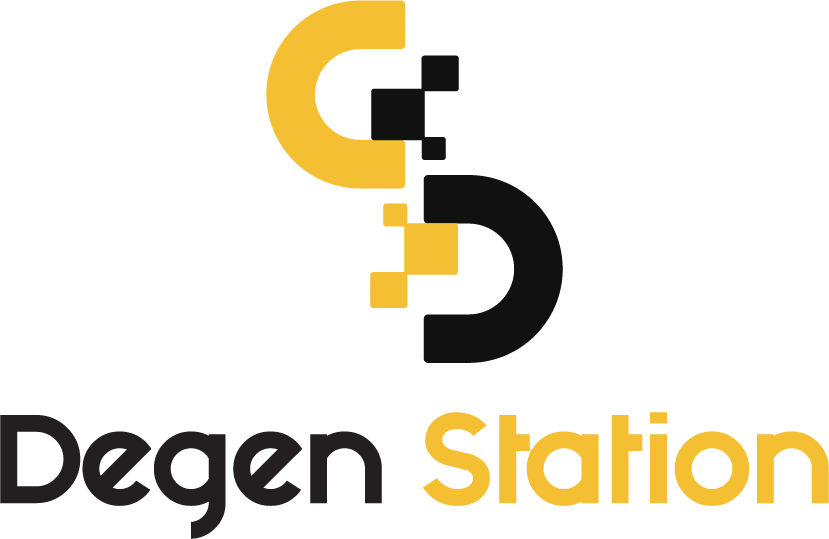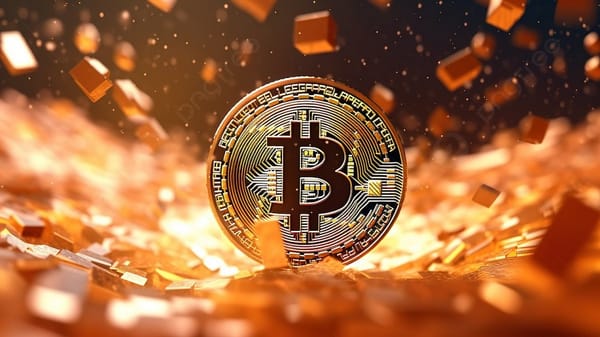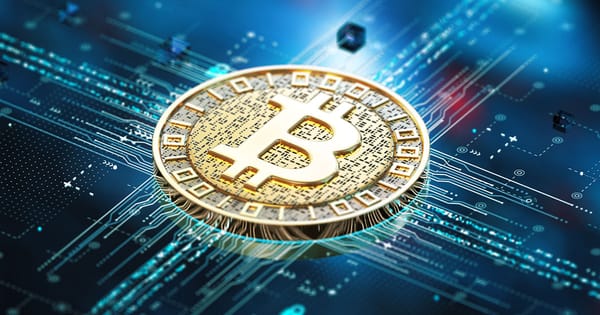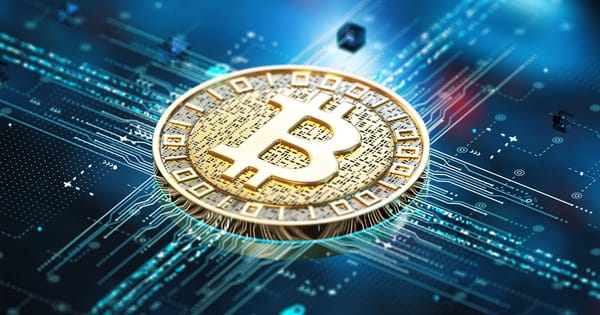Base Increases Gas Limit Threshold to Address High Transaction Fees

Following Ethereum's upgrade to Dencun and the integration of EIP-4844 proposals, transaction activities on Layer-2 networks have surged dramatically. However, limitations related to transaction fees have prompted Base to announce a solution to cope with these challenges.

In its latest update, Layer-2 Base reported that since the integration of EIP-4844, network activities have increased fivefold, resulting in abnormal transaction fees. Consequently, the project will raise the Gas Target limit by 50% (up to 3.75 mgas/s) starting from March 27.
Since we rolled out 4844, we’ve seen a 5x increase in demand on @base, driving fees back up
— Base (@base) March 26, 2024
To reduce fees and scale, we’re increasing the gas target 50% (to 3.75 mgas/s) tomorrow and then to 5 mgas/s following an observation period, targeting early next week
The project also stated that there will be an observation period, and if stability is achieved, they will further raise the gas limit to 5 mgas/s next week. Moreover, according to developer Jesse Pollak's insights, the network may eventually aim for a 1 Ggas/s limit (400 times the current level).
2/ to address, we are:
— Jesse Pollak (jesse.xyz) 🛡️ (@jessepollak) March 25, 2024
1. prepping to raise @base's gas target to 5-7.5 mgas/s (~2-3x) by load testing to understand impact
2. parallel pathing work that will let us achieve our medium term goal of 1 Ggas/s (~400x)
expect an update from us shortly on timelines
Fundamentally, blockchain operations are measured in Gas, which denotes computational difficulty and resource consumption per block or unit of time. Increasing gas limits allows more transactions to be processed within a block or timeframe, thereby easing the pressure on transaction fees during sudden spikes in demand.
However, this change also means increased computational tasks for node operators. Therefore, Base has notified node operators and is prepared to receive feedback on this transition process.
Previously, in January 2024, Ethereum co-founder Vitalik Buterin proposed increasing the block size on Layer-1 through adjusting the Gas Limit threshold. However, this proposal remains under consideration by individual validator nodes and has not been synchronized network-wide across Ethereum.





